Meet Ryan Swanson & Maeghann Coleman | Artist & Architect
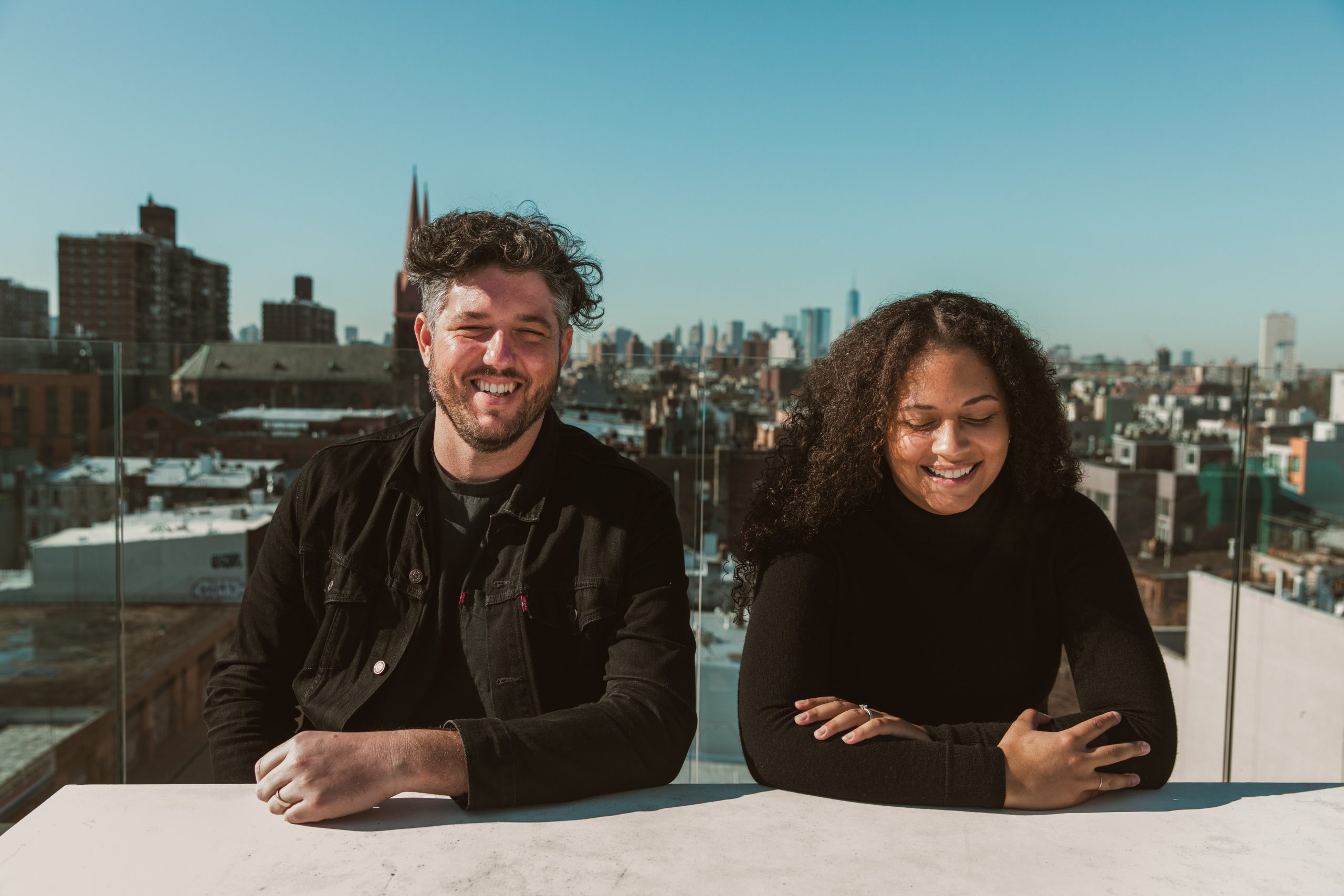
We had the good fortune of connecting with Ryan Swanson & Maeghann Coleman and we’ve shared our conversation below.
Hi Ryan Swanson & Maeghann Coleman, maybe we can start at the very start – the idea – how did you come up with the idea for your business?
At first, while studying architecture, we were interested in activating underutilized spaces and began experimenting with low-cost ways of making this happen. At that time is when we first realized the power play had in breaking down social barriers and physically connecting people within a space. From that point, we began focusing our work on looking at the value of play beyond the playground. Play is our natural driver as humans to discover, explore, and empathize with others. It is universal, and it can be applied as a powerful tool to bridge divides and spark more equitable spaces and places for all within our built environment. Yet, the term “play” is often absent from urban infrastructure development, public space design, and city change. It is seen isolated within a specific space for a specific group, and through our design practice we wanted to focus on shifting that narrative and begin to push to develop more Playable Cities as an ecosystem of multiscale open-ended play opportunities for all within our urban fabric. We don’t need to speak the same language, have the same background, or views to play together, but once we start playing we immediately become physically connected to learn, grow, and empathize with others in a time where we are becoming more and more divided. Out of this interest came the development of The Urban Conga, our multidisciplinary design studio focused on sparking community interaction and social activity through open-ended play design. Our studio operates as a design build studio taking on playable and engaging projects at a multitude of scales worldwide.
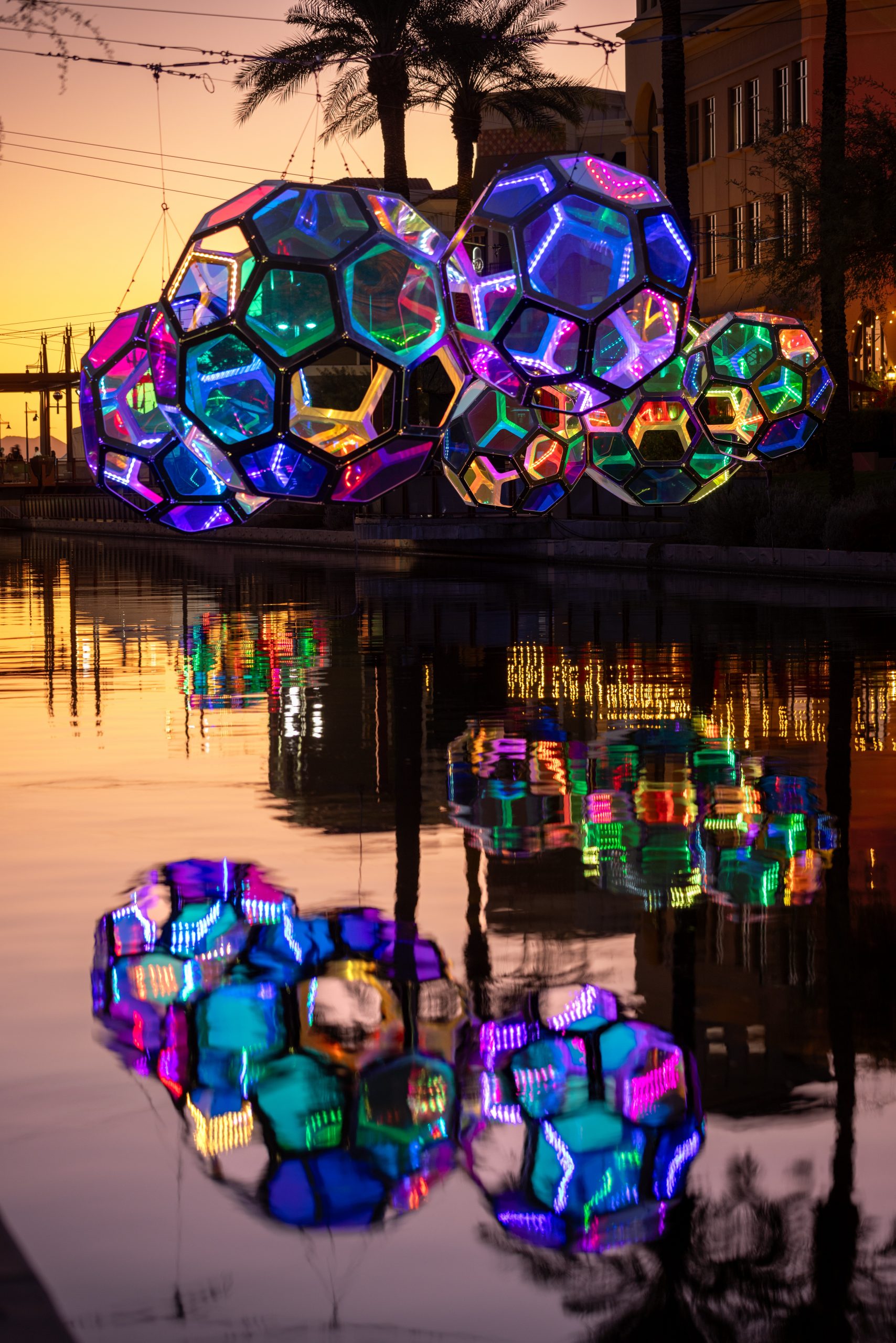

Can you open up a bit about your work and career? We’re big fans and we’d love for our community to learn more about your work.
Our work explores how to utilize play methodologies as the tool to elevate the voices of people whether that’s to talk about the identity of their community, the climate crisis, social adversities, or any other topics that impact the world around us. Through this work we utilize play methodologies as a critical tool implemented not just in the work itself but within the community-driven design process in which the work is created. All communities and spaces are different which requires a tailored approach for each project, whether utilizing play therapy techniques for one community over fantasy play, or creative build workshops in another. Working with communities to create more inclusive multiscale spatial opportunities that transform once-overlooked or underutilized situations into stimulating creative outlets that evoke our innate drive to discover, explore, and empathize with others. Looking at the community engagement process beyond just checking a box but as the critical component of the work being created, and providing a safe and inclusive space to ensure the quiet person in the back has as much of a voice as the loud ones in the front to share their ideas, stories, experiences, desires and more to fully shape the work being created in their community. As storytellers in design, we work to translate these communal conversations and connections into opportunities that allow for people to continue to put their identity onto the work and space over time. This process of designing ‘with’ rather than ‘for’ creates a deeper communal connection of place and ownership around the work, nurturing the afterlife of the work. It’s always a difficult process to convince clients to invest in the process rather than just the end product, and so we try to really showcase how valuable this process is in creating inclusive work.
Throughout our journey in this work, we have allowed the studio to flex and expand with the opportunities that present themselves. We hold to our mission but don’t stray away from unique opportunities that allow new ways to showcase the value of implementing more play everywhere. This led us to having three parts to our studio; the main part being creating custom community engaged work that we just spoke to, another section is creating temporary and touring work that showcases the impact play has in spaces and allows stakeholders to physically see the ROI, and the last section to our studio is our line of playable products that we offer such as musical benches, public ping pong tables, dominoes tables, and more. Each of these sections to our studio have their place in the built environment but allow for the opportunity to explore implementing more play in different scales.
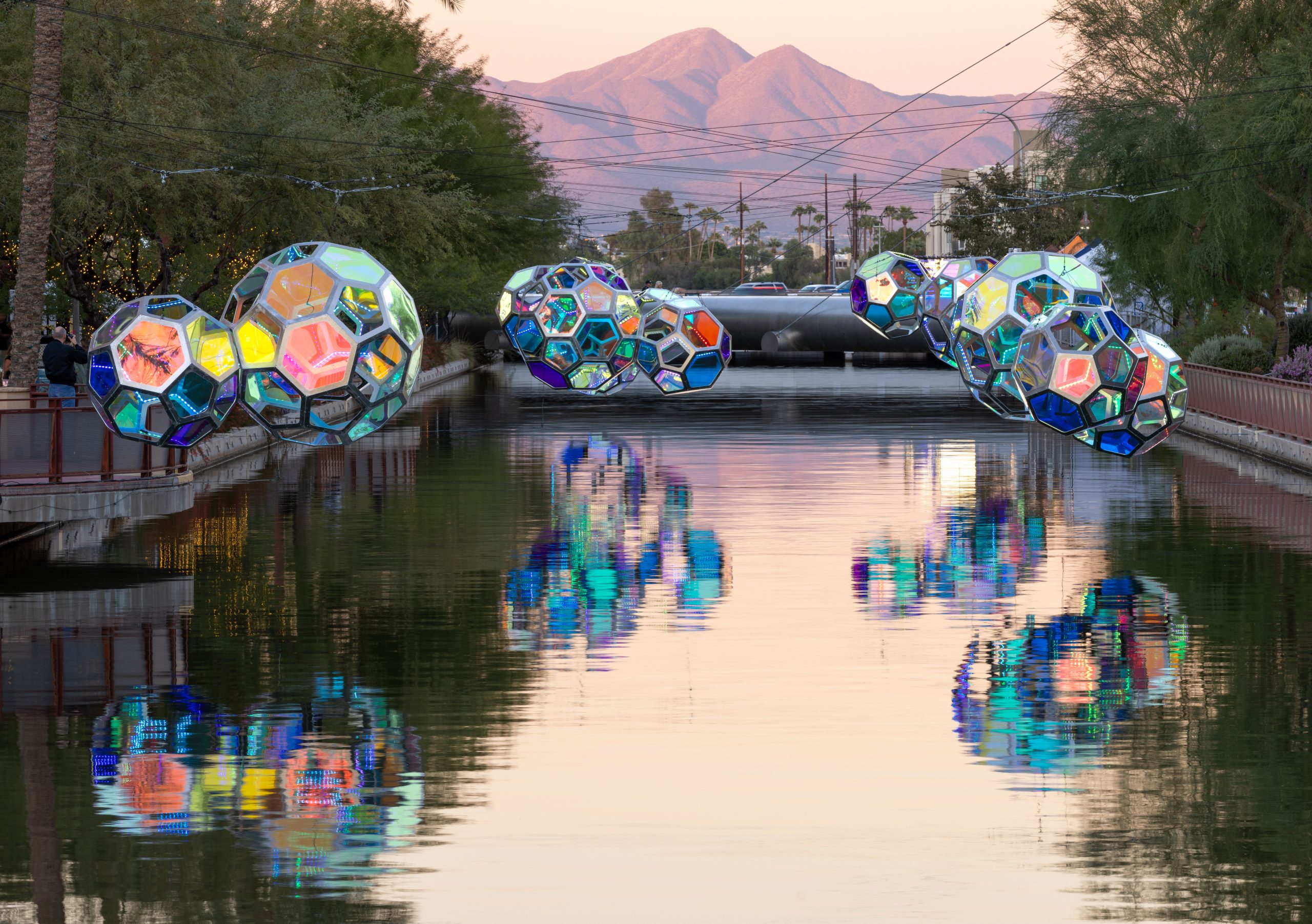

Let’s say your best friend was visiting the area and you wanted to show them the best time ever. Where would you take them? Give us a little itinerary – say it was a week long trip, where would you eat, drink, visit, hang out, etc.
We would start by taking them to Frank Lloyd Wright’s Taliesin West to experience and be inspired by the amazing space while on the way to explore the Sonoran Desert. We would also make sure to see the Paolo Soleri’s Arcosanti as well as his studio to pick up a Soleri Bell. Also, would suggest going to the Desert Botanical Gardens because it is such beautiful walk that allows you to really experience different parts of Arizona in one place. We would also make sure they schedule their trip to see Canal Convergence, the amazing two-week light festival in Scottsdale. We were a part of the event this year and had such an amazing time. Most of our time would be spent outside showcasing the beauty of the area’s natural landscape.
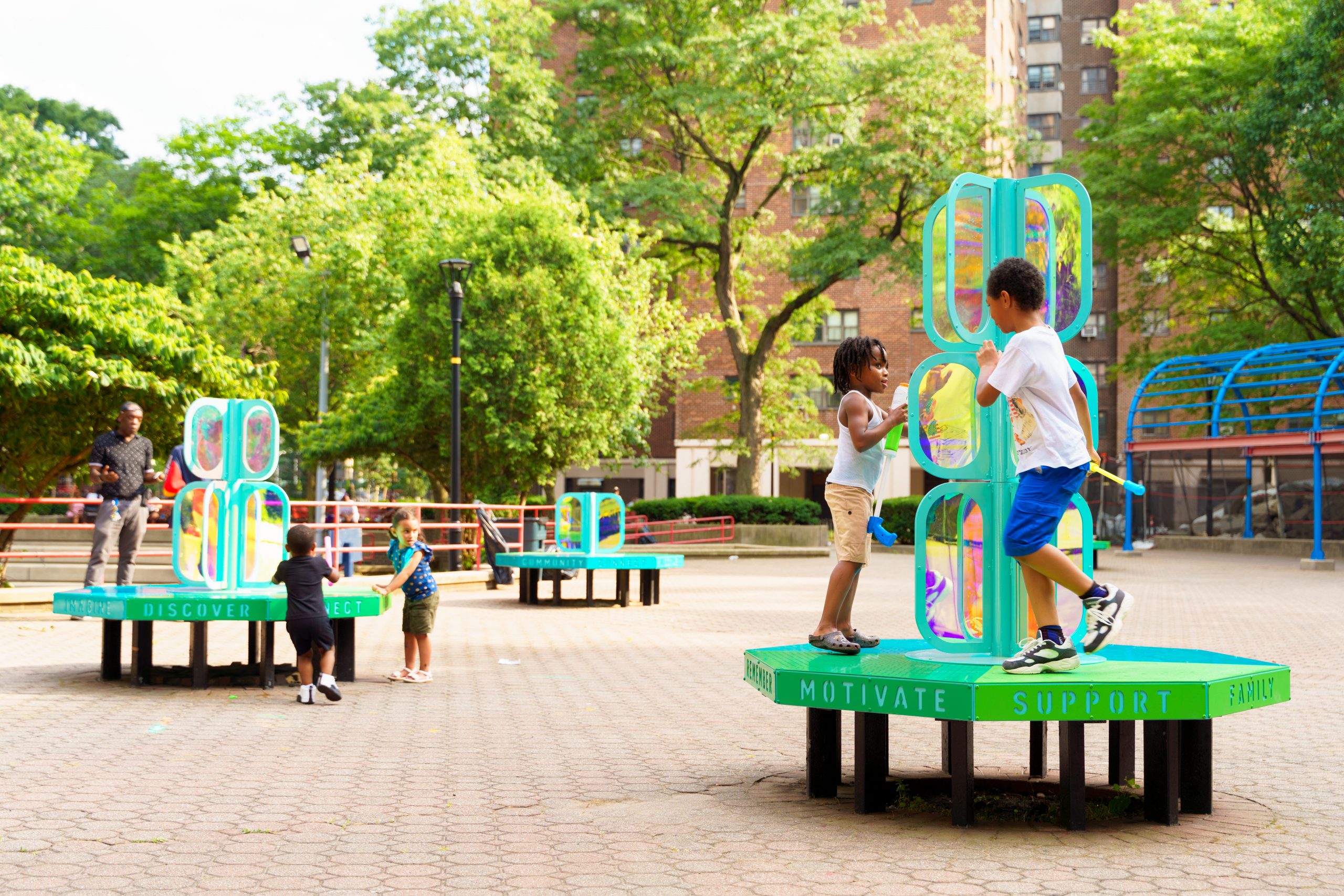

Shoutout is all about shouting out others who you feel deserve additional recognition and exposure. Who would you like to shoutout?
We are thankful for and want to shout out the clients and communities that have trusted us to tell their stories and allowed us the opportunities to develop work that pushes the idea of creating more open-ended playable opportunities everywhere. It’s difficult to get started in this niche style of work especially when there is often this stigma around play and we were lucky to have some amazing clients in the beginning like KaBOOM!, Tampa Bay Rays, Watershed Bristol, Straz Center for the Performing Arts, and so many others who believed in the work we were doing and allowed us the opportunity to create and experiment with them. Without having these chances it would have been extremely difficult to showcase to future cities and communities the value of this work. It also takes a team to do this work and that team has included so many people over the years that it would be hard to list everyone, but we couldn’t be doing the work we are doing without amazing support of all the people who believed in this work and put everything they have into it. Lastly, this might be cheesy but we are also super thankful for each other as we are both partners in life as well as in running the studio and this support for one another and motivation to challenge each other’s perspectives continues to push and develop the work we do over time.
There are so many books that inspired us and continue to inspire us, but here are a few: Creative Confidence by Tom and David Kelley, Dr. Stuart Brown’s research work on play, Dr. Vikas Mehta’s The Street, and William H. Whyte’s The Social Life of Small Urban Spaces are a few key publications that come to mind.
Website: https://www.theurbanconga.com/
Instagram: https://www.instagram.com/theurbanconga
Linkedin: https://www.linkedin.com/company/the-urban-conga
Twitter: https://www.twitter.com/theurbanconga
Facebook: https://www.facebook.com/TheUrbanConga/
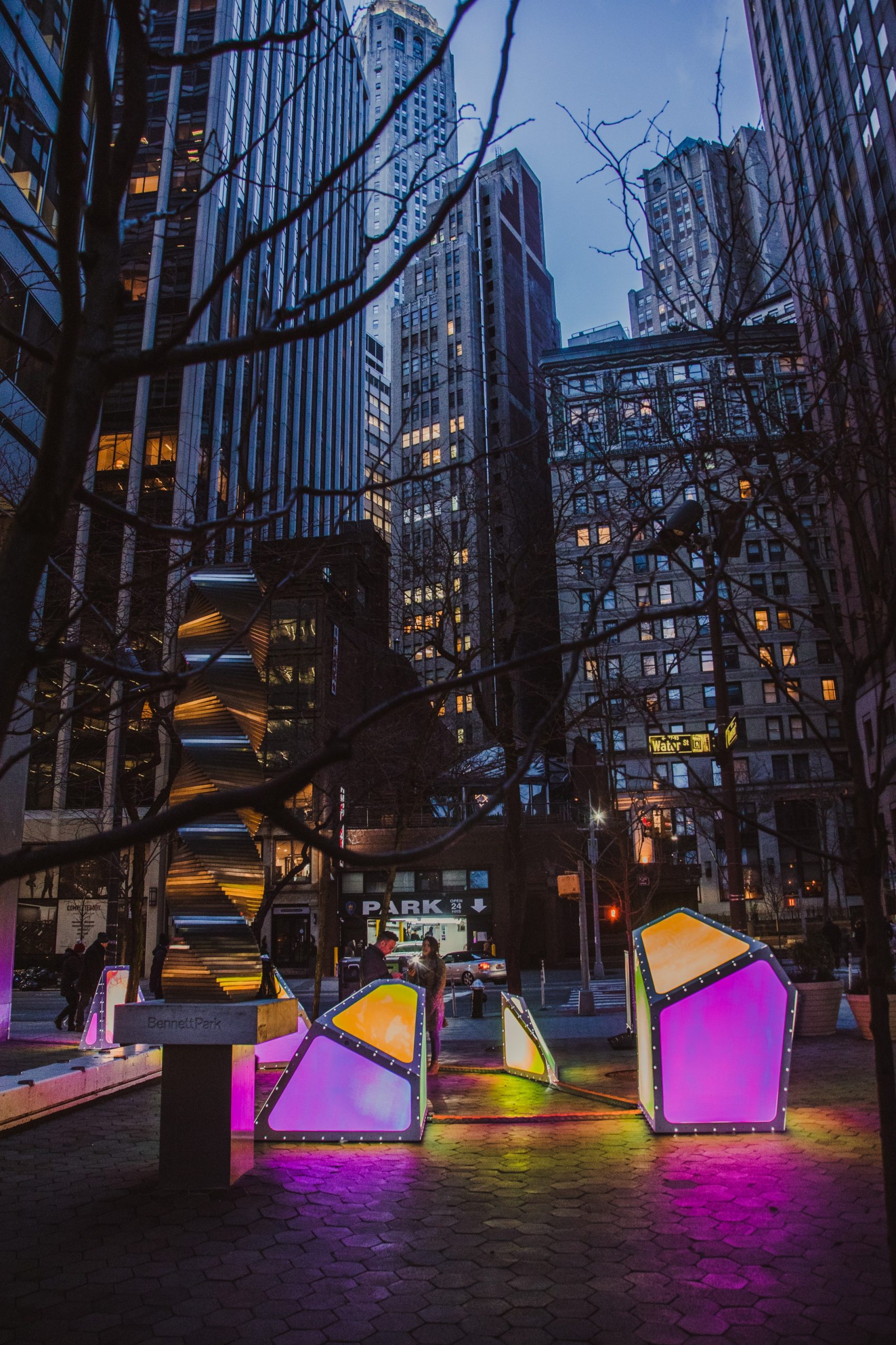
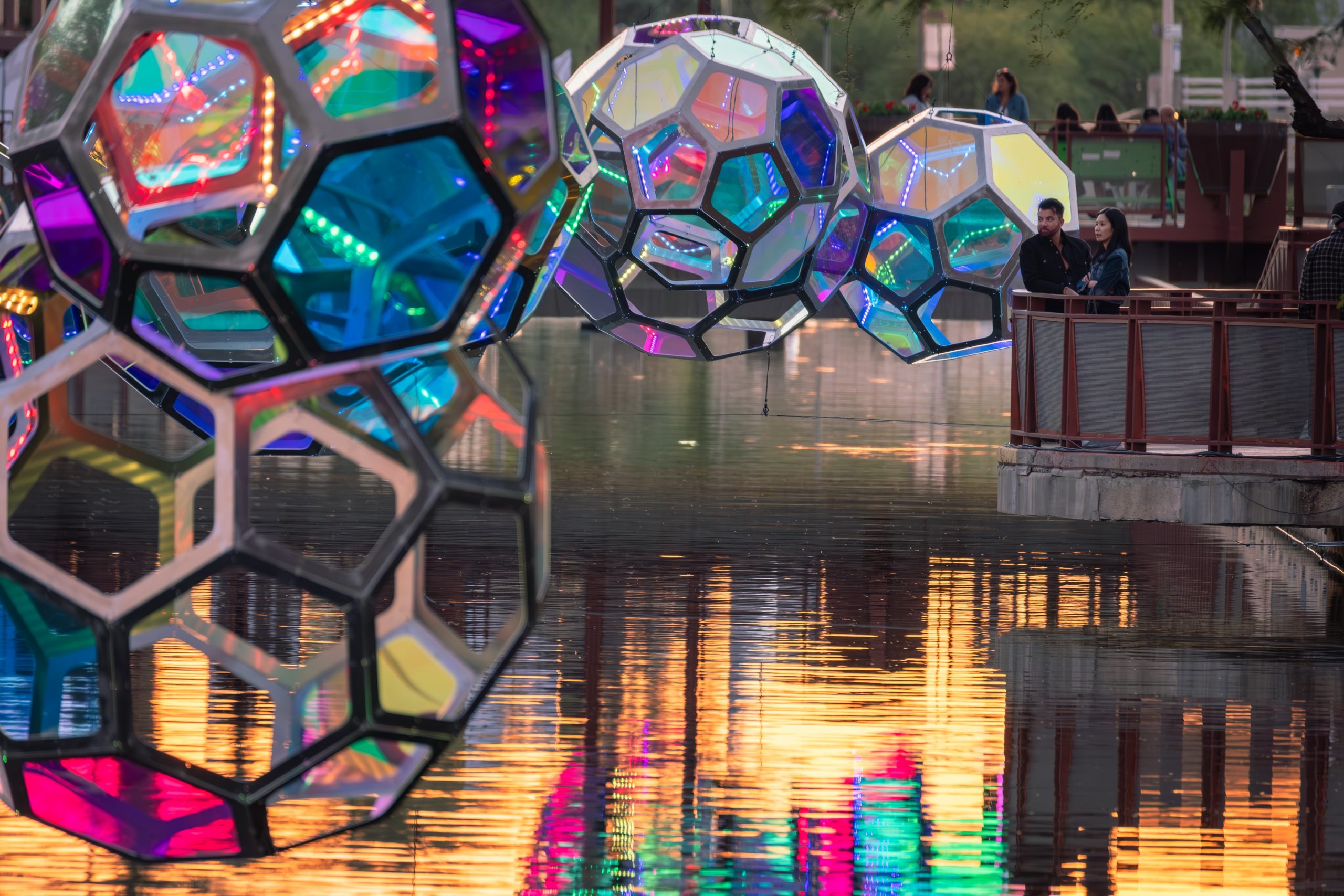
Image Credits
Head Shot: Savannah Lauren
Image 01: Andrew Pielage
Image 02: Charles Darr
Image 03: Andrew Pielage
Image 04: Christopher Brickman
Image 05: Mars and the Moon Films
Image 06: Mars and the Moon Films
Image 07: Savannah Lauren
Image 08: Charles Darr
